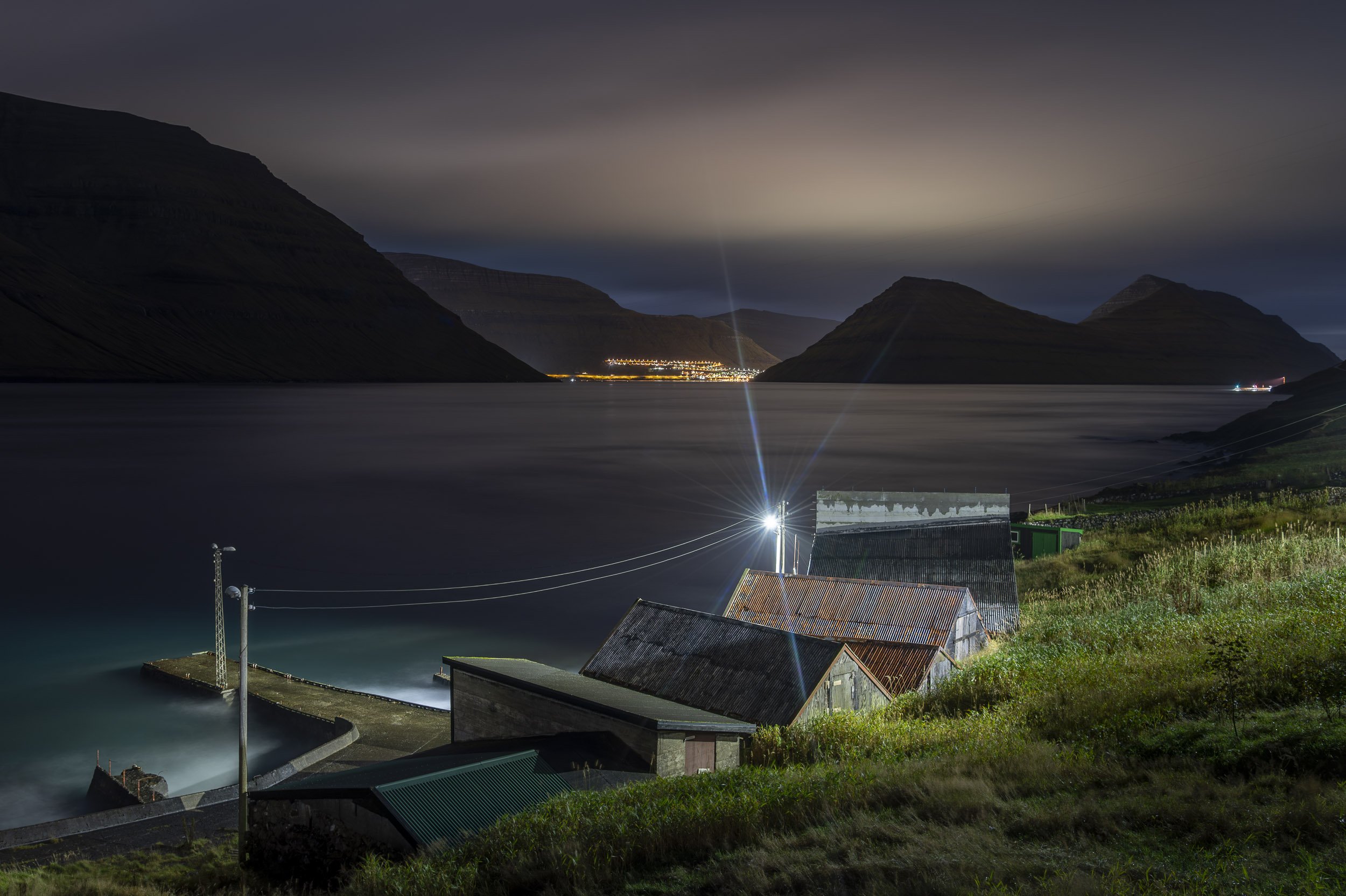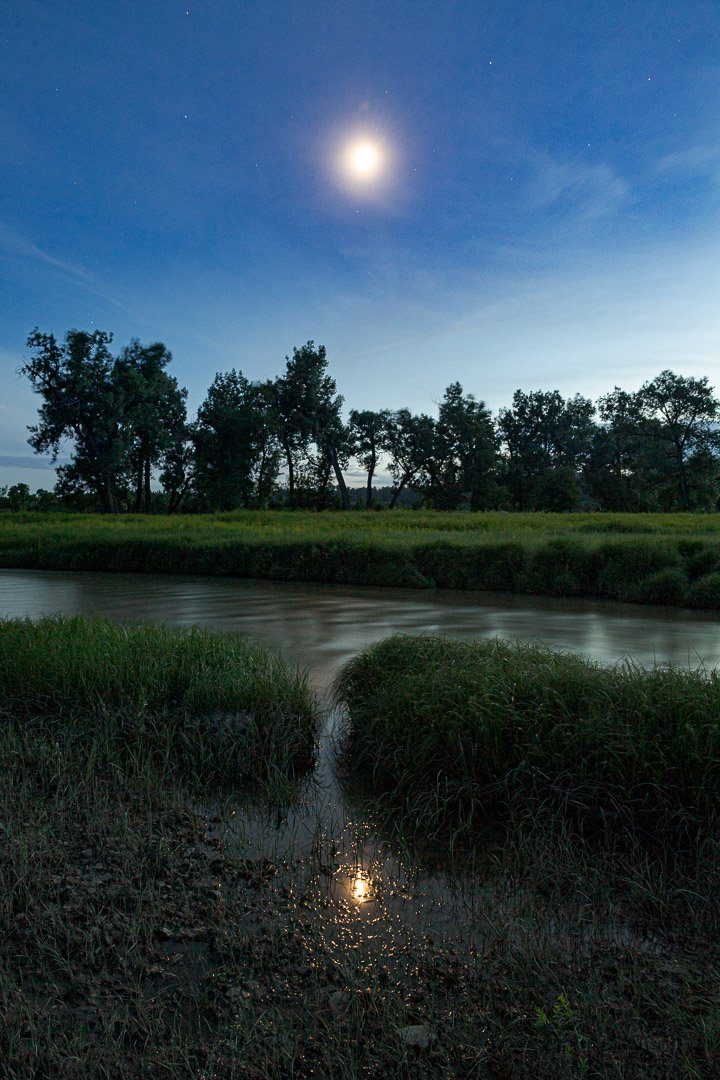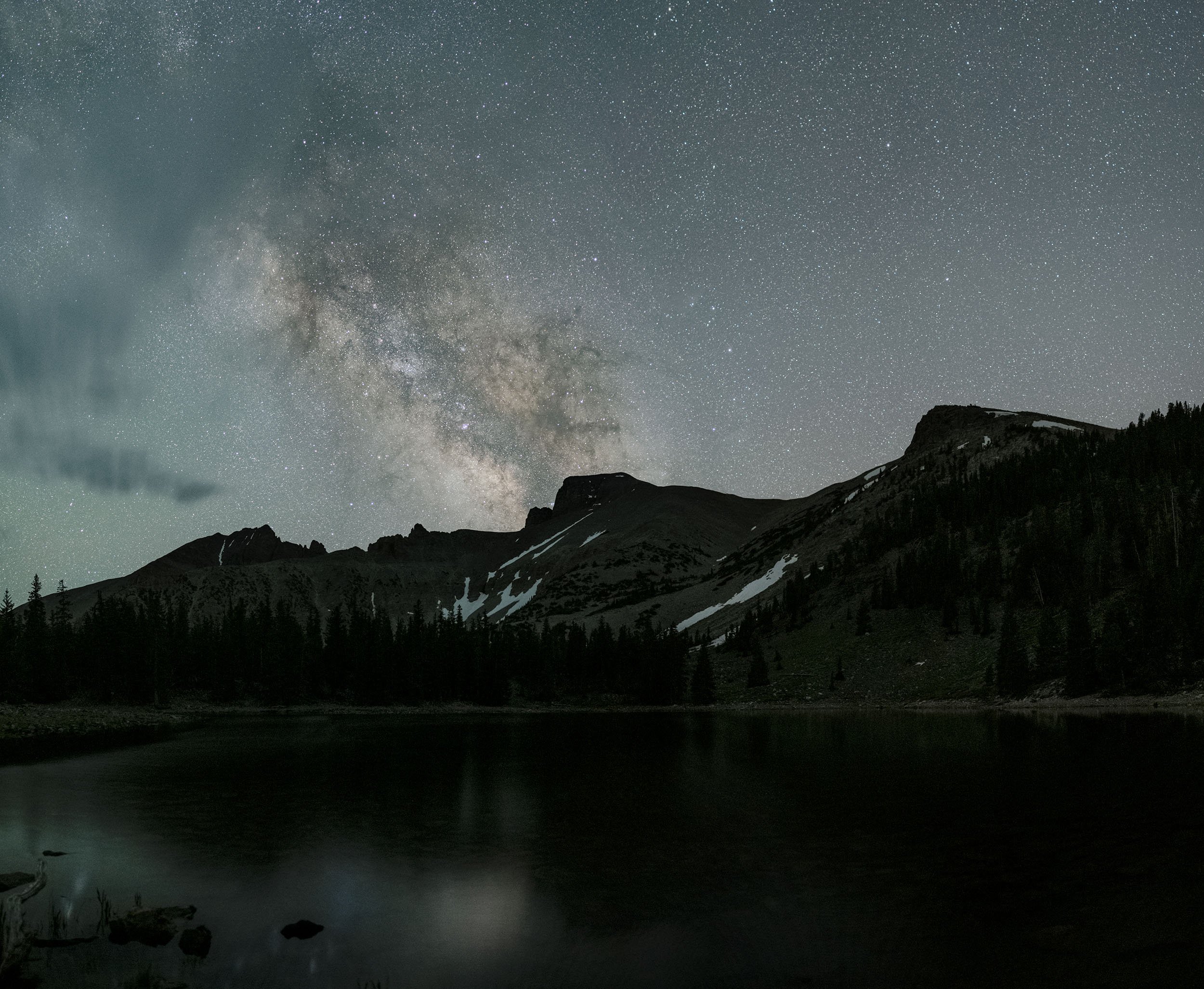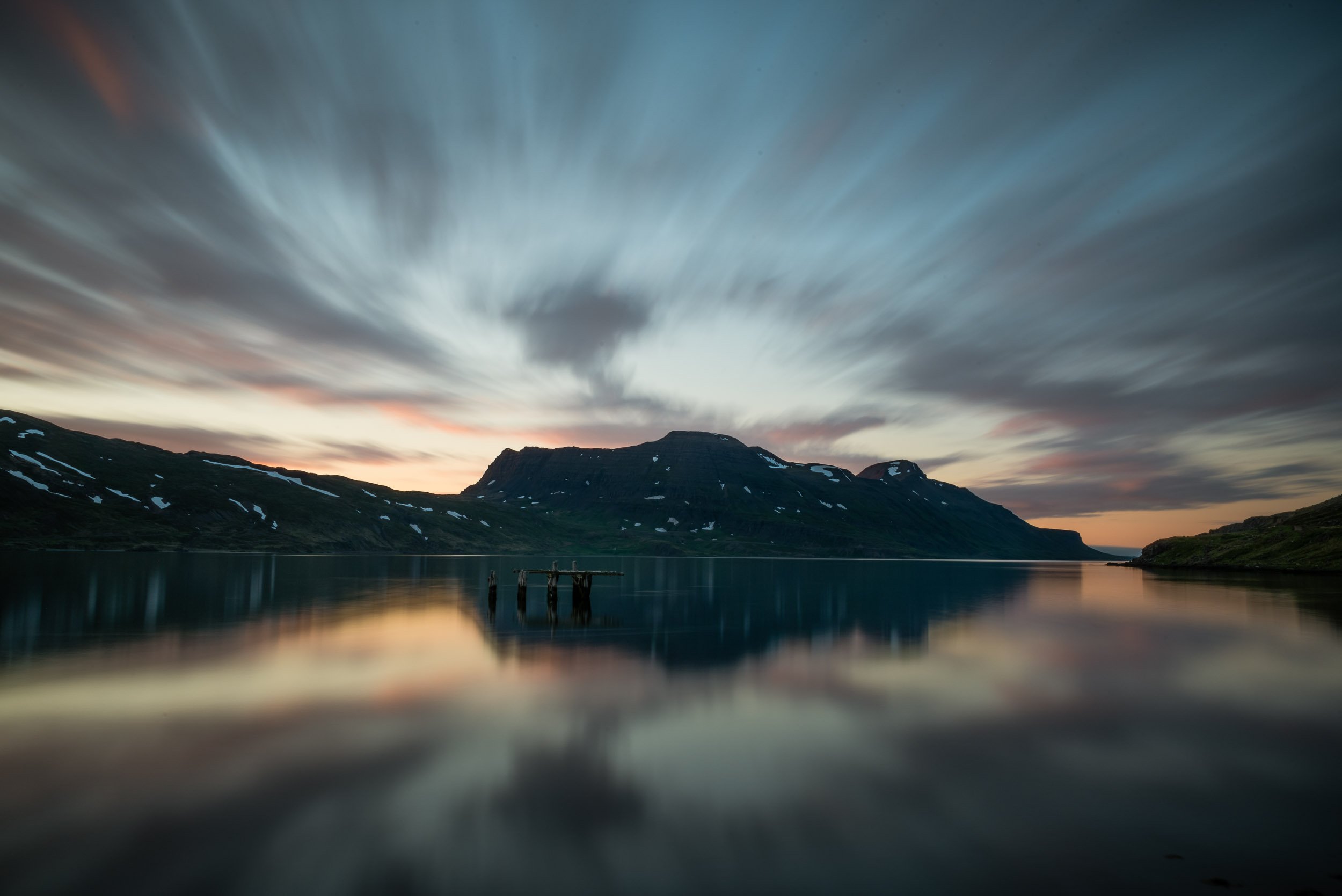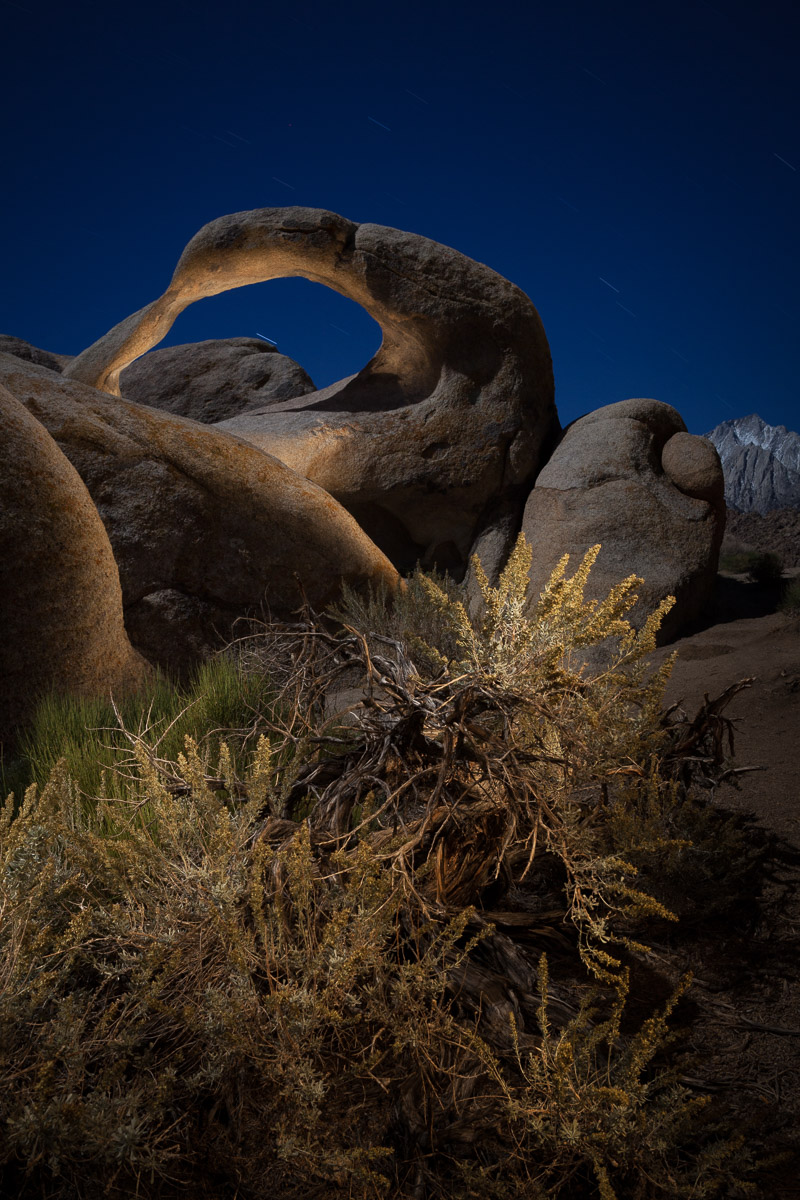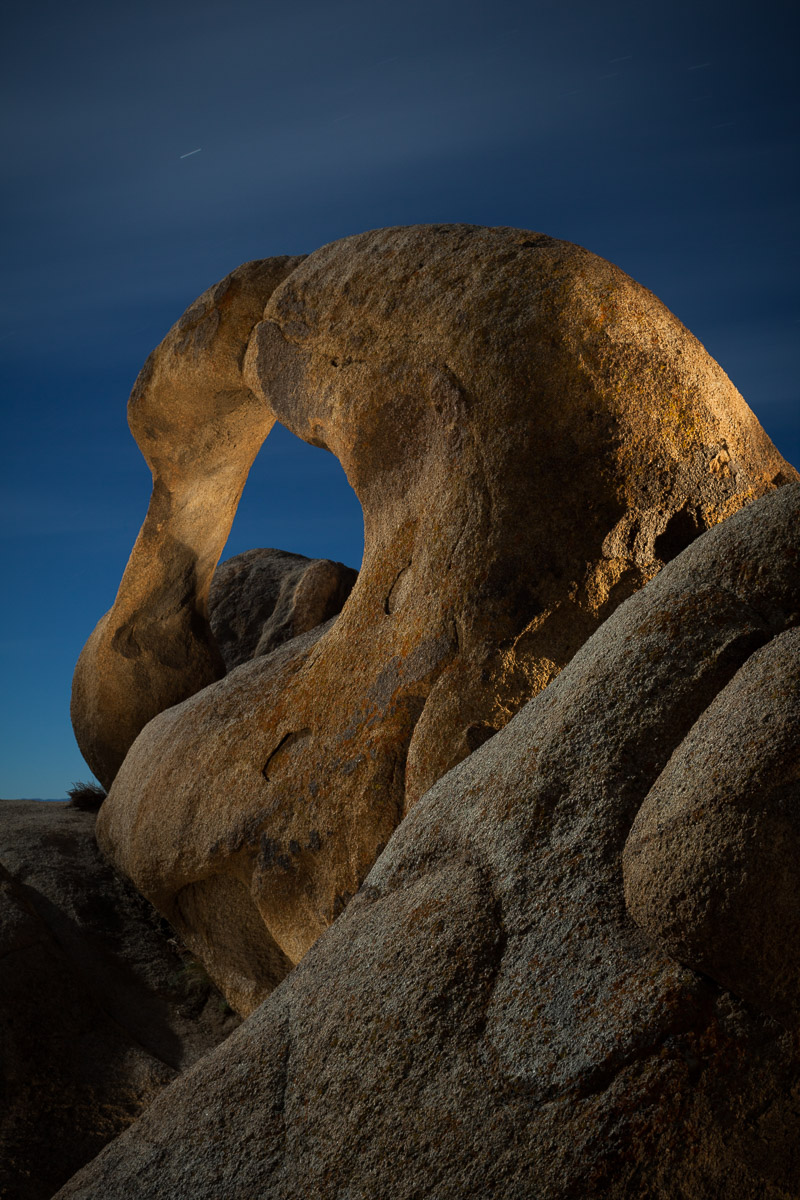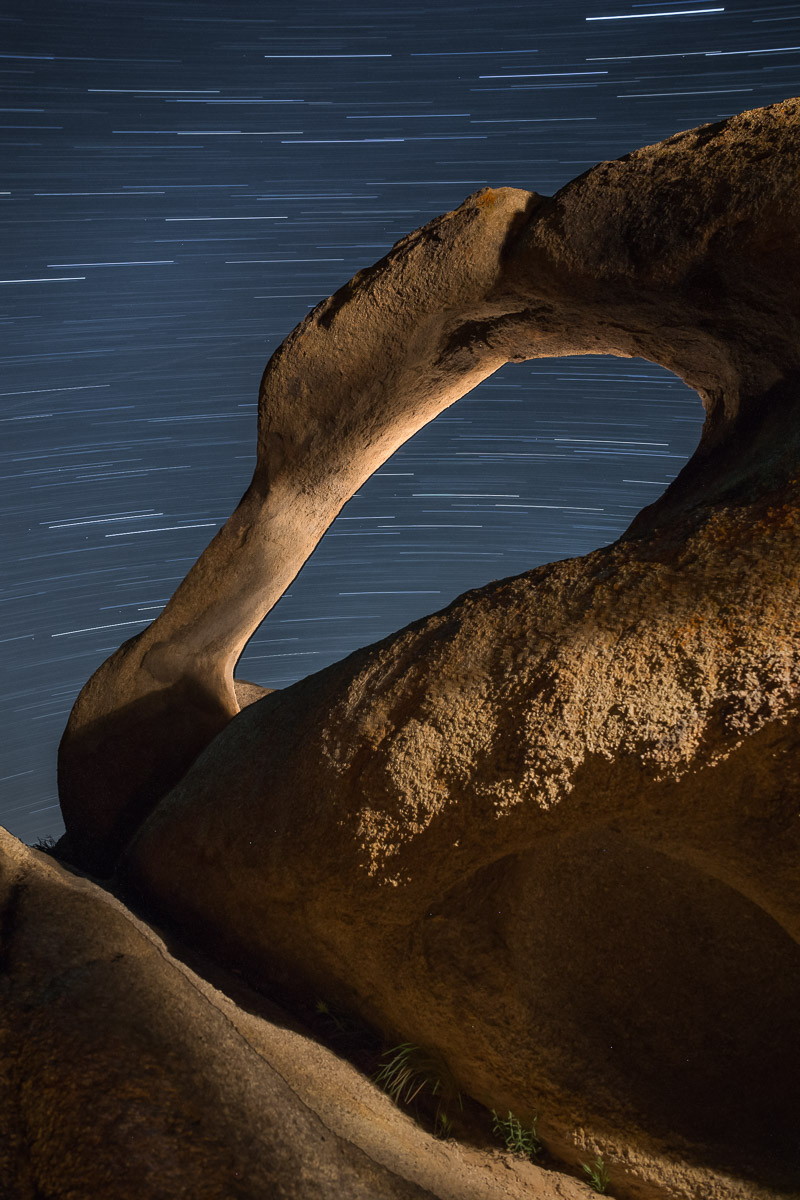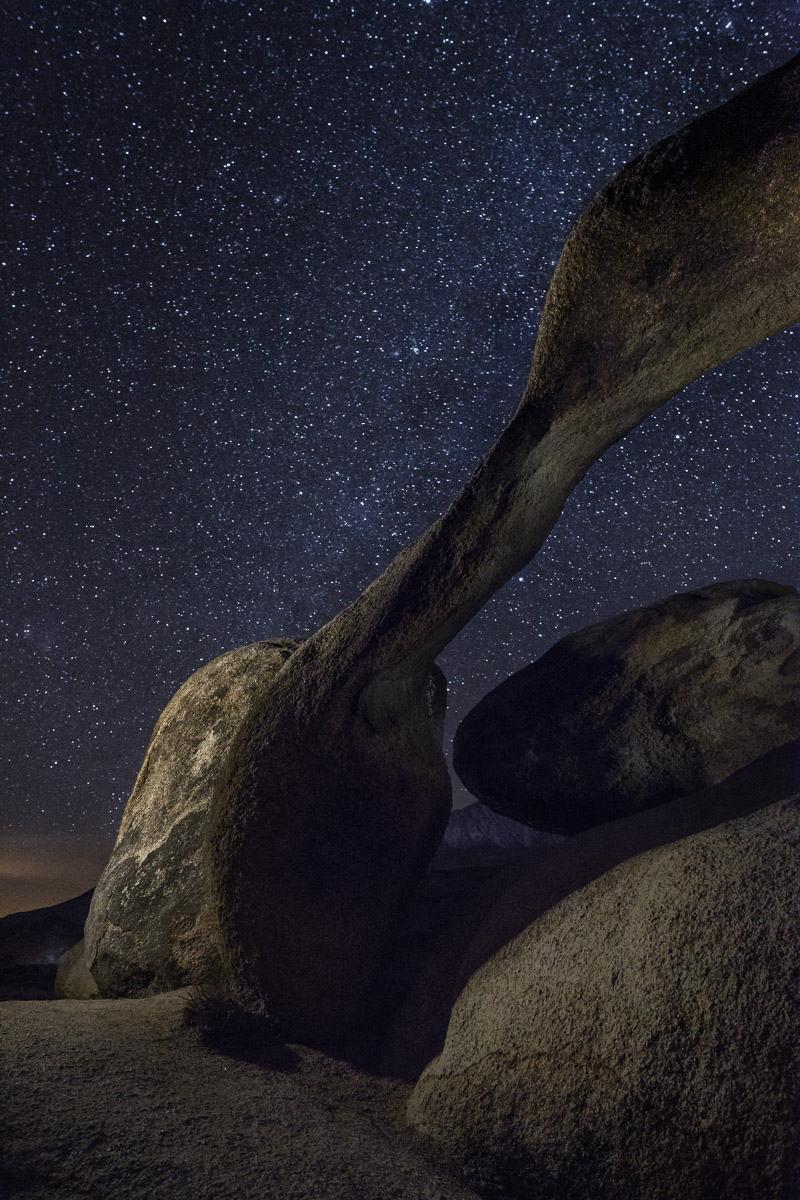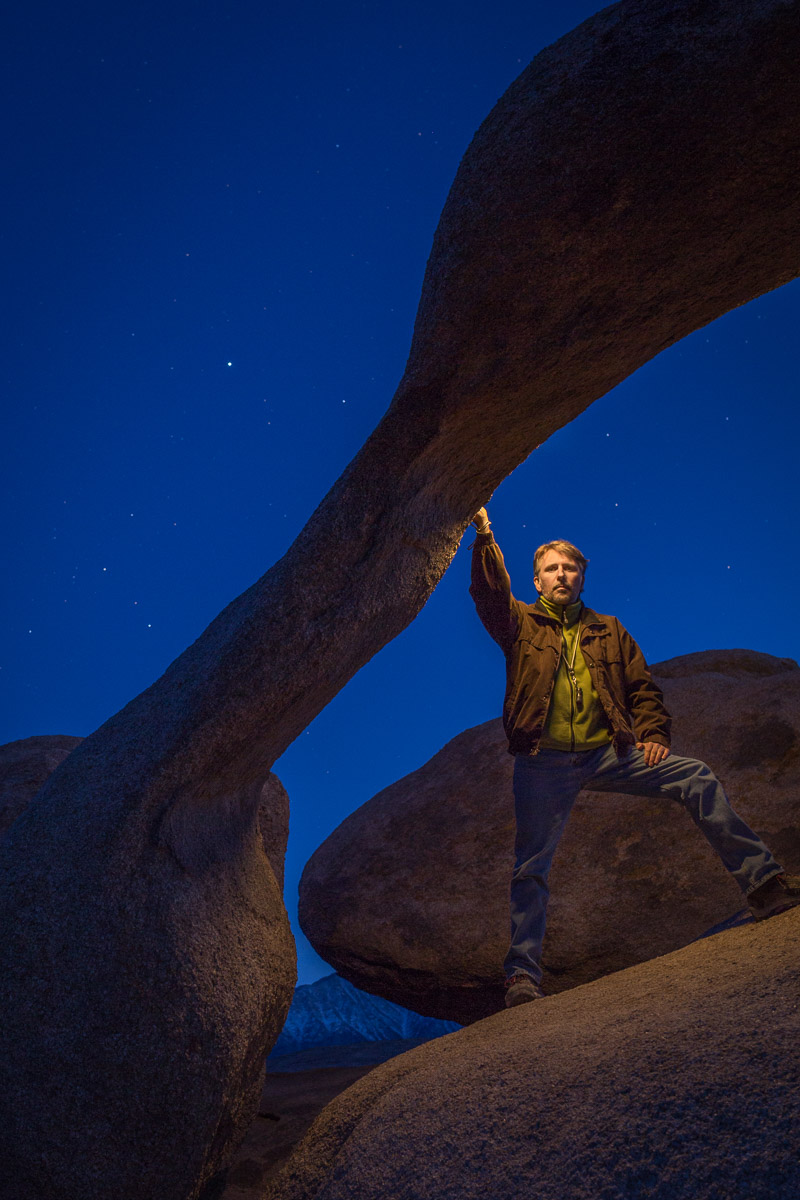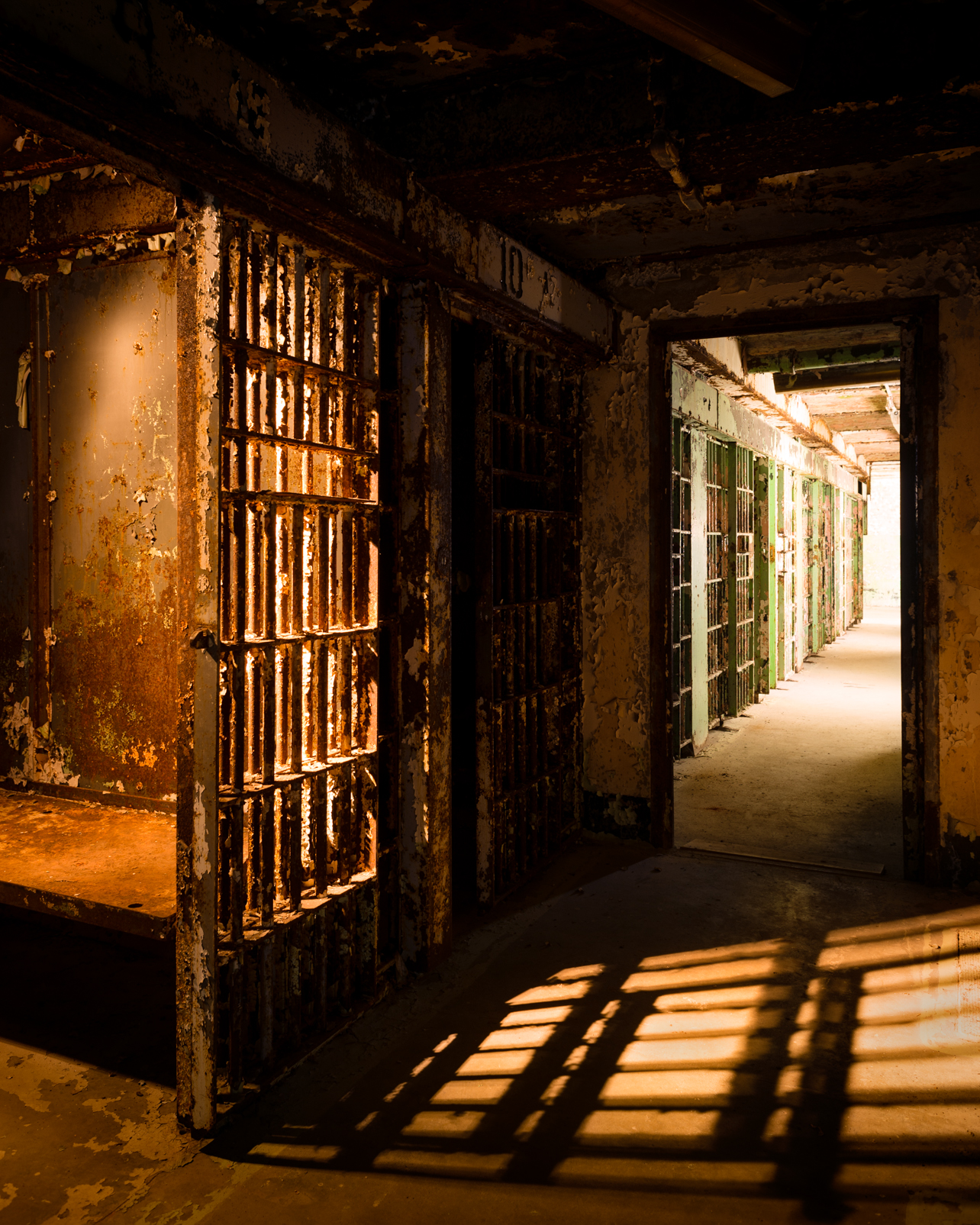Over the next couple of months, I’ll build on this topic as I present more ideas and techniques. For now, here’s a little to get you going!
Starting the Process
When getting started with light painting you may feel a bit like a fish out of water. Where to begin? What to do first? It all starts with visualizing your composition. As you look at the scene imagine what it can be rather than what it is.
1. Decide what lens to use. This will determine much of what comes next.
2. Think about depth of field. Do you want your whole scene sharp (f/8 to f/22) or do you want only the main subject sharp (f/1.4 to f/4)? I tend to like maximum sharpness, so my default apertures are f/8 or f/11. Consider using only one or two apertures when your first start out. This consistency will help you learn how much painting is necessary for a good exposure.
3. Set your ISO to 6400. If you don’t have 6400, use 3200. Running test shots at high ISOs saves time and helps with fine-tuning your composition.
4. Set your camera to its multi-segment meter. The multi-segment meters (“Evaluative” for Canon, “Matrix” for Nikon) deliver decent initial exposures in scenes that have a mix of lights and darks. Some adjustments may be necessary after you review your test shots.
5. You can obtain good exposures under moonlit conditions by pointing your camera into the sky and putting the indicated meter at -1. This will leave your foreground black but your sky will have that nighttime feel.
6. For scenes without much ambient light, I typically shoot for 2 or 3 minutes at f/8 or f/11. I find these two apertures allow enough time to paint without being overly restrictive. f/16 and f/22 allow much less light to pass, increasing the time you need to paint.
7. Once your ambient exposure is established, begin to practice your painting. Remember, it’s not necessary to expose each of these test shots for the full time. At this point you are just analyzing your painting techniques. The overall length of exposure will have very little influence here.
8. If you are working in a bright area, there is a chance that some light can enter through the eyepiece in the back of the camera, causing an odd glow or streaks across your image. Closing the viewfinder eyepiece shutter during long exposures will eliminate these anomalies.

